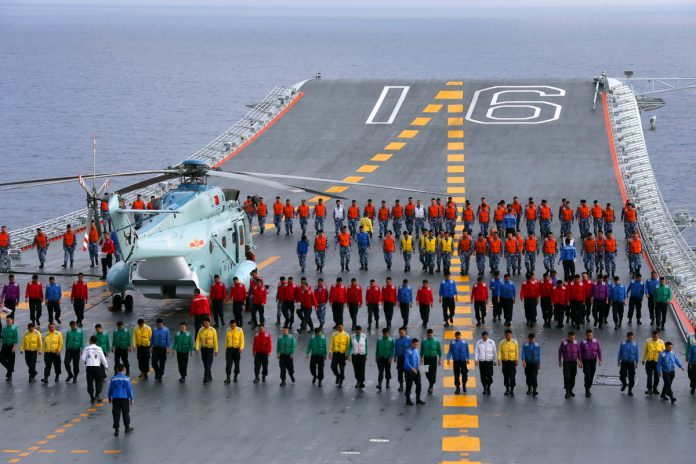By Ben Ho*
Last month, Taiwan’s Mainland Affairs Council (MAC) published a report that has a section outlining how China would likely use its aircraft carriers as part of Beijing’s much-touted anti-access/area-denial (A2/AD) strategy. Citing declassified sources from Taiwan’s Ministry of National Defense (MND), the report added that Chinese carrier operations are “geared towards ‘denying’ the United States military access to the Taiwan Strait area of operations.” (Breaking Defense).


